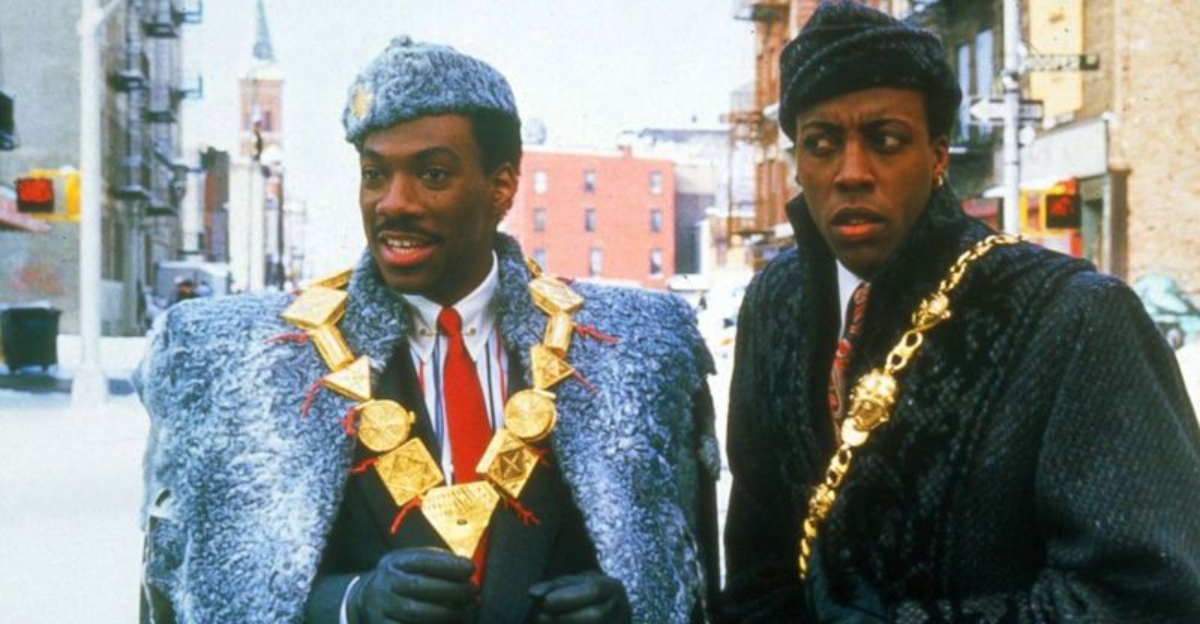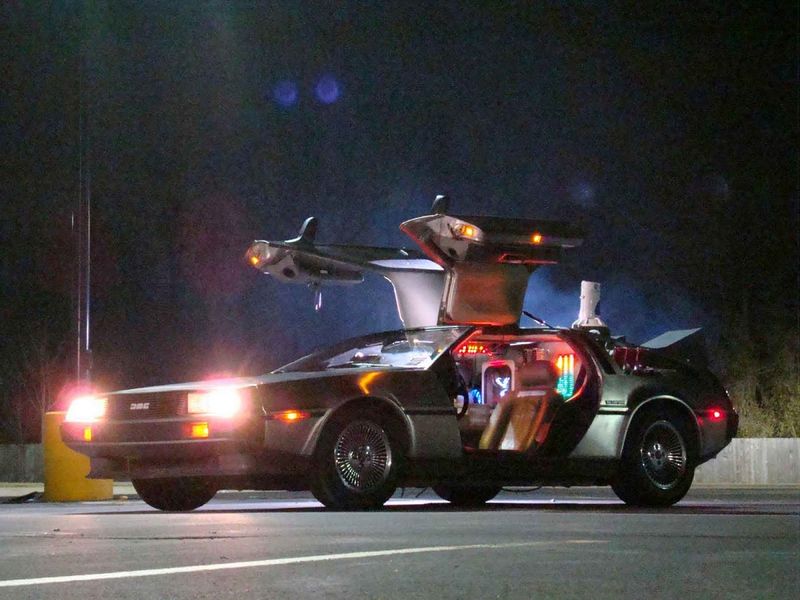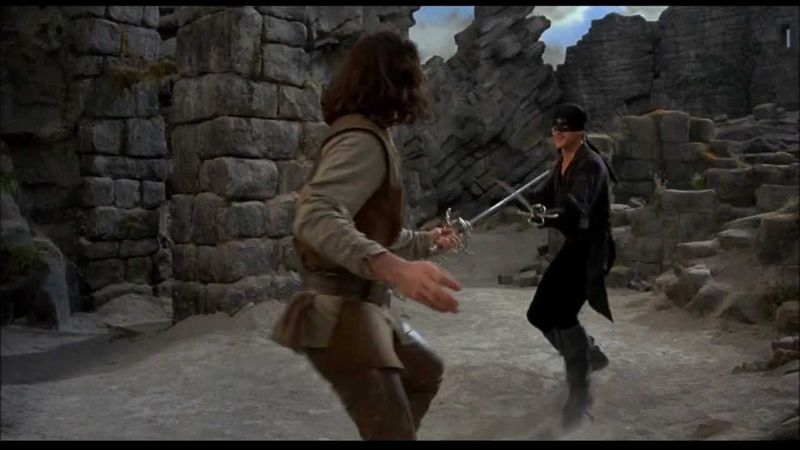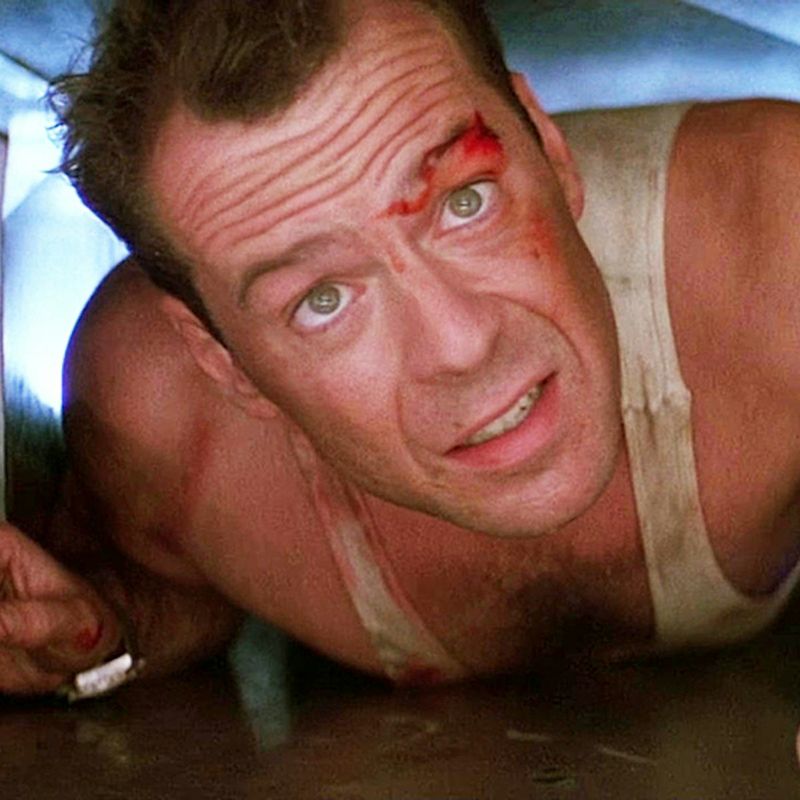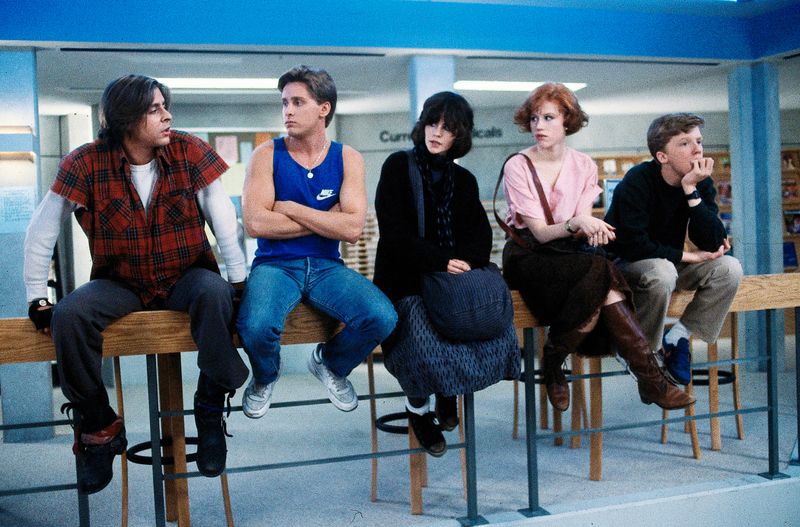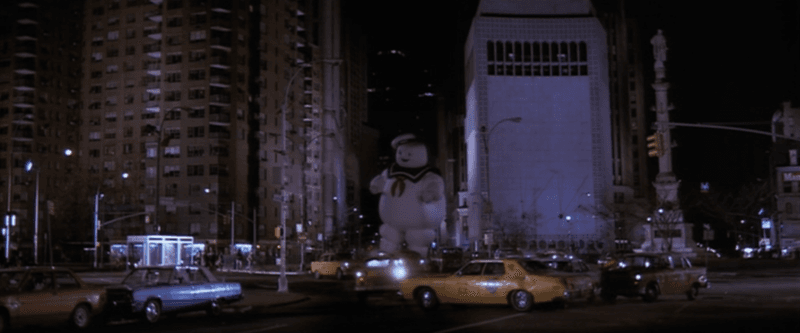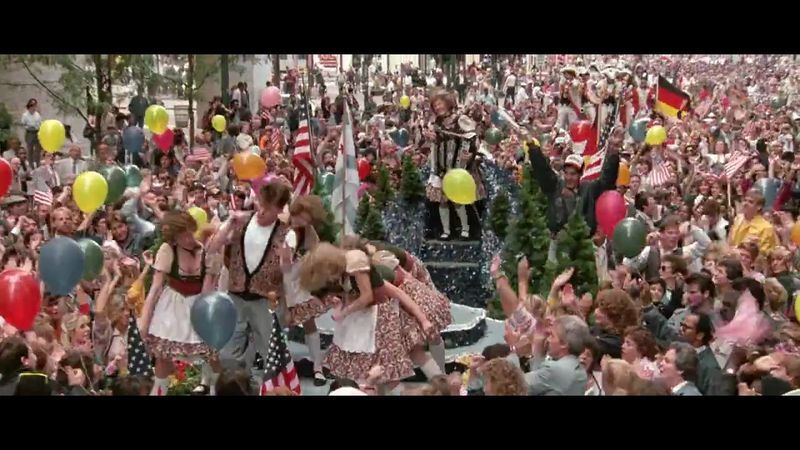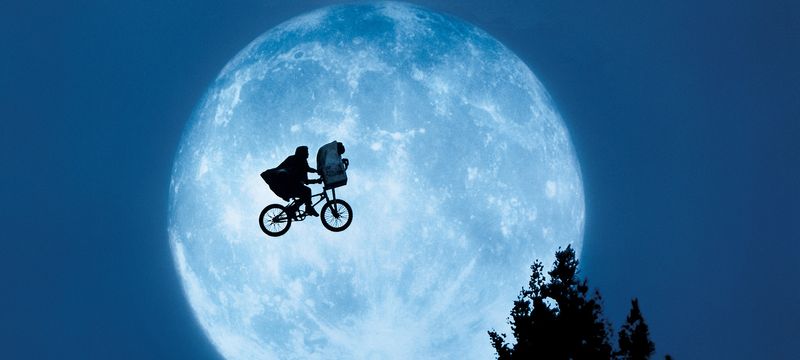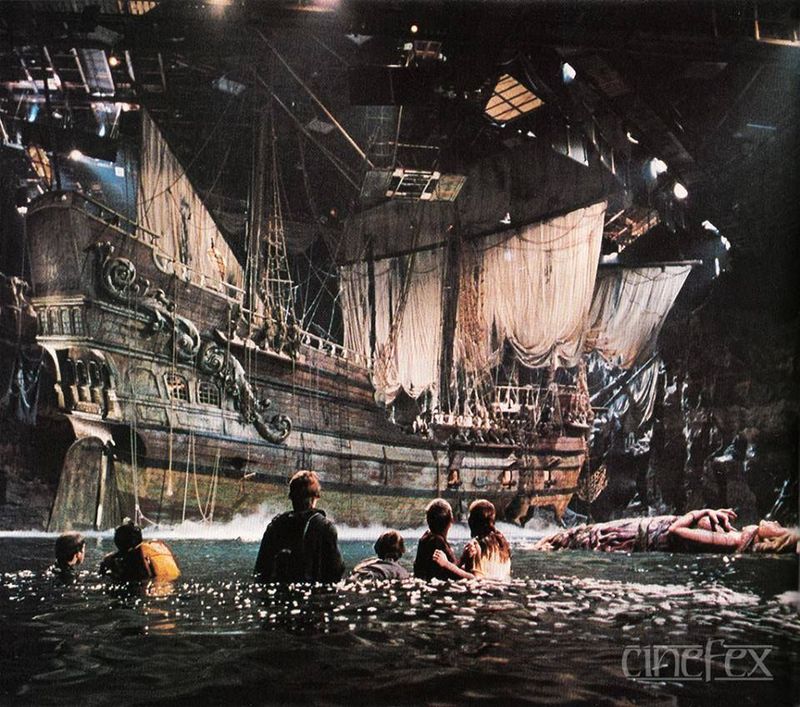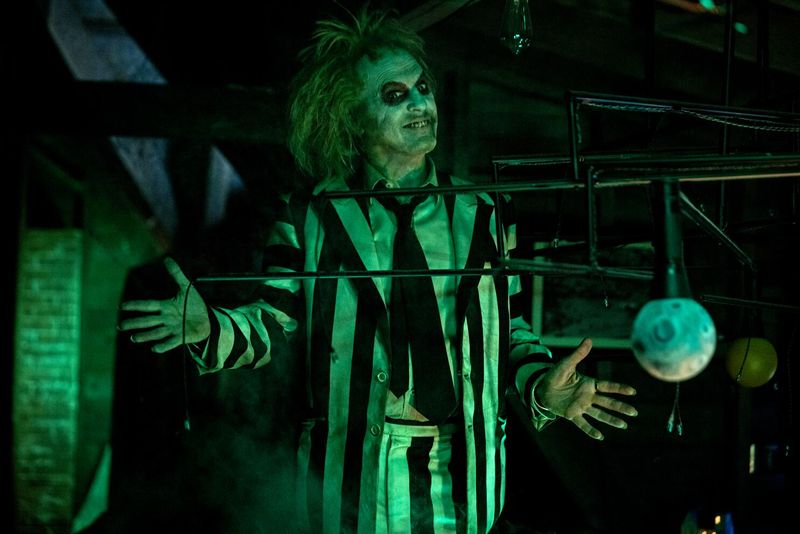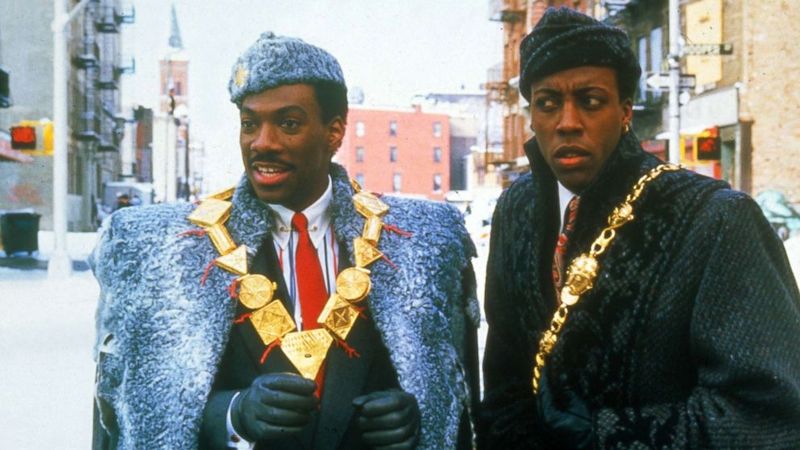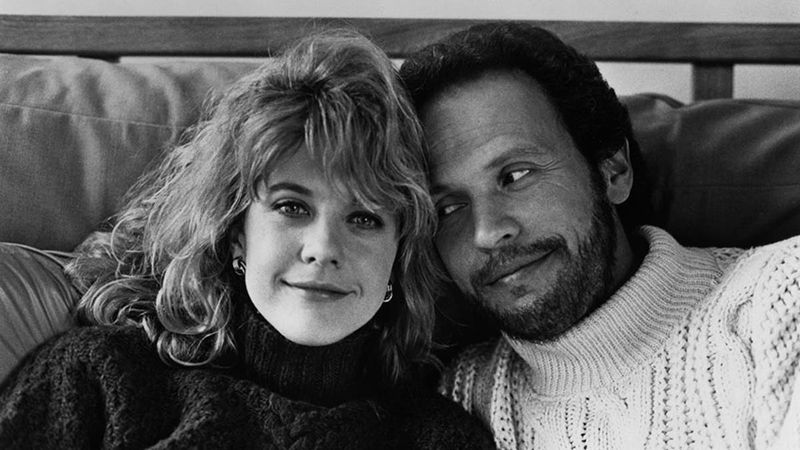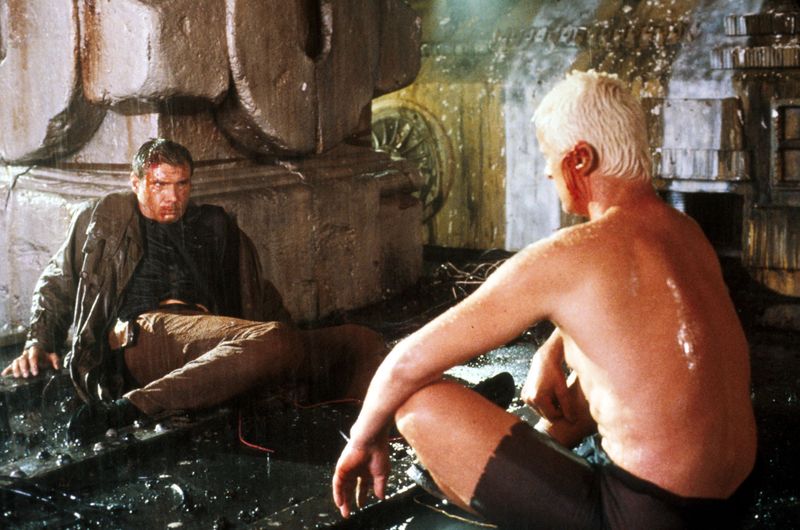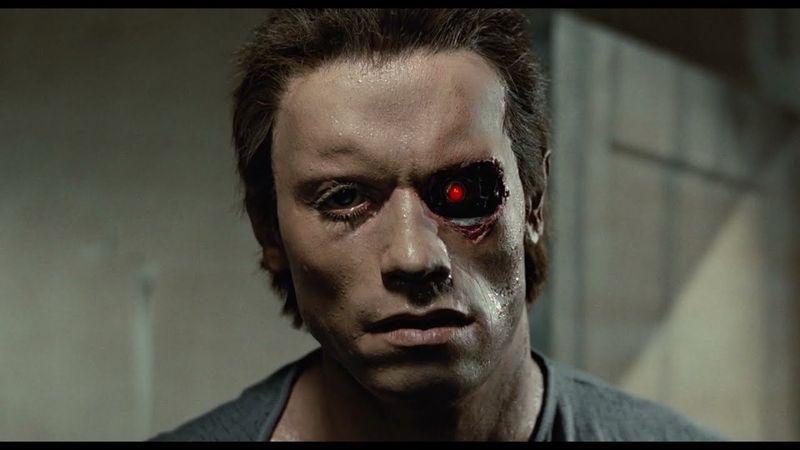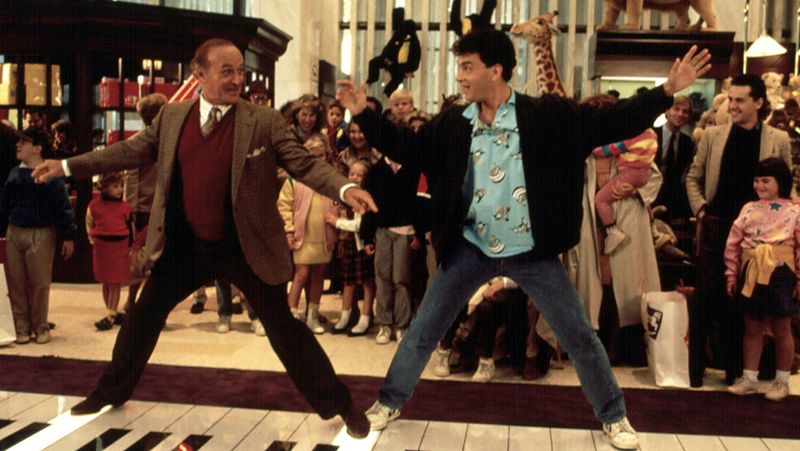The 1980s gave us movies that we just can’t stop watching. These films combine unforgettable characters, quotable lines, and stories that feel fresh even decades later. Whether you’re revisiting childhood favorites or discovering these gems for the first time, these fifteen ’80s classics deliver entertainment that never gets old.
1. Back to the Future (1985)
Lightning strikes magic when Michael J. Fox’s Marty McFly accidentally travels to 1955 in a DeLorean time machine. The perfect chemistry between Fox and Christopher Lloyd creates comedy gold that sparkles with every viewing.
Director Robert Zemeckis crafted a time-travel adventure that avoids getting tangled in its own rules. Instead, it focuses on heart, humor, and the weird experience of meeting your parents as teenagers.
The film’s attention to detail rewards repeat viewers with hidden jokes and references you might have missed before.
2. The Princess Bride (1987)
Sword fights, giants, and “inconceivable” adventures await in this fairy tale that manages to both celebrate and poke fun at the genre. Rob Reiner’s masterpiece wraps its story in a charming framing device of a grandfather reading to his sick grandson.
The ensemble cast delivers performances so perfect you’ll find yourself quoting Inigo Montoya’s revenge speech or Westley’s “As you wish” for decades to come. Billy Crystal and Carol Kane’s scene-stealing cameos as Miracle Max and his wife add another layer of comedic genius.
Each viewing reveals new jokes and heartfelt moments you somehow missed before.
3. Die Hard (1988)
Christmas Eve turns explosive when NYPD cop John McClane faces off against terrorists in a Los Angeles skyscraper. Bruce Willis created the template for the modern action hero – vulnerable, witty, and resourceful rather than indestructible.
The confined setting of Nakatomi Plaza creates escalating tension as McClane navigates air ducts and elevator shafts in his increasingly dirty and bloody white tank top. Alan Rickman’s Hans Gruber remains the gold standard for sophisticated movie villains, delivering menace with elegant charm.
The practical stunts and effects give the action sequences an authenticity that CGI-heavy films often lack.
4. The Breakfast Club (1985)
Five high school stereotypes discover they’re more alike than different during Saturday detention. John Hughes captured the universal teenage experience of feeling misunderstood and desperate to belong.
The film’s genius lies in how it peels back layers of each character – the brain, athlete, basket case, princess, and criminal – revealing the complex individuals beneath the labels. Emotional confessions in the library circle hit just as hard today as they did in 1985.
Simple Minds’ “Don’t You (Forget About Me)” accompanies that iconic fist-pump finale that still gives viewers chills decades later.
5. Ghostbusters (1984)
Who you gonna call when supernatural comedy meets genuine scares? Bill Murray’s deadpan Dr. Peter Venkman leads a team of paranormal scientists battling ghosts in New York City with proton packs and one-liners.
The film’s secret weapon is its perfect balance – genuine laughs alongside truly creepy moments like the library ghost and terror dogs. The practical effects hold up remarkably well, especially the iconic Stay Puft Marshmallow Man stomping through Manhattan.
Ray Parker Jr.’s theme song gets stuck in your head for days, while Murray’s improvised lines reward multiple viewings with jokes you missed the first ten times around.
6. Raiders of the Lost Ark (1981)
Harrison Ford’s whip-cracking archaeologist defined adventure for generations. The opening golden idol sequence alone delivers more thrills than most entire movies, establishing Indiana Jones as both brilliant scholar and daring action hero.
Steven Spielberg’s masterful direction keeps the action moving at breathless pace from Nepal to Egypt to a mysterious island. The practical stunts and effects create genuine danger – that’s really Ford hanging from a truck during the desert chase sequence.
Jones’ human vulnerabilities (he hates snakes!) and wry humor make him relatable despite his extraordinary adventures searching for biblical artifacts.
7. Ferris Bueller’s Day Off (1986)
Matthew Broderick’s fourth-wall-breaking high school senior takes viewers on the ultimate skip day through Chicago. The parade scene where Ferris commandeers a float to perform “Twist and Shout” captures pure, unfiltered joy that remains infectious decades later.
Director John Hughes balances the carefree adventure with surprising emotional depth through Cameron’s relationship with his father and his prized Ferrari. The film’s genius lies in making viewers feel like Ferris’ co-conspirators rather than just observers.
The parade, art museum, baseball game, and fancy restaurant adventures create a perfect day that makes viewers want to seize their own moments before life passes them by.
8. E.T. the Extra-Terrestrial (1982)
A lonely boy finds friendship with a stranded alien in Steven Spielberg’s heartwarming masterpiece. The film captures childhood wonder through Henry Thomas’ remarkable performance as Elliott, whose emotional connection with E.T. feels genuinely magical.
The bicycle flight across the moon remains one of cinema’s most awe-inspiring images, perfectly matched with John Williams’ soaring score. Spielberg brilliantly films much of the movie from a child’s-eye view, making the government agents seem genuinely threatening.
The farewell scene between Elliott and E.T. unlocks tears no matter how many times you’ve watched it, proving the film’s emotional power never diminishes.
9. The Goonies (1985)
Adventure awaits when a band of misfit kids hunt for pirate treasure to save their homes from demolition. The young cast’s natural chemistry makes their friendship feel authentic – you believe these kids have been getting into trouble together for years.
Director Richard Donner and producer Steven Spielberg created the ultimate childhood adventure with underground caverns, booby traps, and a pirate ship that still inspires wonder. The Fratelli family villains provide genuine threat without becoming too scary for younger viewers.
Quotable lines like “Goonies never say die!” and “Hey you guys!” have entered the cultural lexicon, ensuring the film’s enduring legacy.
10. Beetlejuice (1988)
Recently deceased couple Adam and Barbara Maitland enlist a crude “bio-exorcist” to scare away the living family occupying their beloved home. Tim Burton’s wildly imaginative afterlife creates a perfect playground for Michael Keaton’s manic performance as the titular troublemaker.
The film’s visual creativity explodes in scenes like the dinner party possession where guests involuntarily dance to “Day-O.” Winona Ryder’s goth teenager Lydia provides the emotional heart amid the supernatural chaos.
Danny Elfman’s quirky score enhances the film’s unique blend of horror, comedy, and heart that established Burton’s signature style.
11. Coming to America (1988)
Eddie Murphy shines as African Prince Akeem, who travels to Queens seeking a bride who loves him for himself, not his royal status. Murphy’s comedic genius reaches new heights as he plays multiple characters, including the memorable barbershop patrons.
Director John Landis balances fish-out-of-water humor with genuine heart as Akeem falls for Lisa (Shari Headley) while working at a McDonald’s knockoff called McDowell’s. The film’s Queens feels authentically lived-in, while the fictional Zamunda combines African cultural elements with royal extravagance.
James Earl Jones and Madge Sinclair bring regal presence as Akeem’s parents in this comedy that rewards repeated viewings.
12. When Harry Met Sally (1989)
Can men and women ever just be friends? Billy Crystal and Meg Ryan’s decade-spanning relationship explores this question with perfect chemistry and Nora Ephron’s razor-sharp dialogue.
The film’s genius lies in how it tracks Harry and Sally’s evolving relationship through different life stages – from post-college road trip to established New York professionals. Director Rob Reiner captures authentic relationship moments, from heated arguments to comfortable silences.
The iconic deli scene (“I’ll have what she’s having”) gets all the attention, but the New Year’s Eve finale delivers one of cinema’s most earned romantic moments.
13. Blade Runner (1982)
Ridley Scott’s neo-noir masterpiece follows Harrison Ford’s detective hunting artificial humans in rain-soaked, neon-lit 2019 Los Angeles. The film’s stunning visuals and production design created a dystopian future that influenced science fiction for decades.
Rutger Hauer’s Roy Batty delivers one of cinema’s most profound monologues with his “tears in rain” speech. The film’s ambiguous ending and questions about what makes us human reward multiple viewings as viewers reconsider who the real villains might be.
Vangelis’ haunting synthesizer score perfectly complements the film’s moody atmosphere and philosophical questions about memory, identity, and mortality.
14. The Terminator (1984)
Arnold Schwarzenegger’s relentless cyborg assassin creates unstoppable terror in James Cameron’s sci-fi thriller. The film established Cameron as a master of action while launching Schwarzenegger as an iconic screen presence despite minimal dialogue.
Linda Hamilton’s transformation from ordinary waitress to survivor forms the emotional core as she’s hunted by the Terminator. The practical effects still impress today, especially the scene where Arnold performs self-surgery on his damaged eye.
The time-travel premise creates genuine stakes as future resistance fighter Kyle Reese (Michael Biehn) races to protect Sarah Connor from a killing machine that absolutely will not stop.
15. Big (1988)
Tom Hanks delivers a career-defining performance as a 12-year-old boy trapped in an adult body after a carnival wish comes true. The famous FAO Schwarz floor piano scene captures the film’s magical blend of comedy and poignancy as Hanks plays “Heart and Soul” with childlike enthusiasm.
Director Penny Marshall finds perfect balance between humor and heart as Josh navigates adult responsibilities while maintaining his youthful perspective. Elizabeth Perkins provides excellent counterpoint as the cynical executive whose outlook on life changes through her relationship with Josh.
The film’s bittersweet ending reminds viewers about the value of childhood innocence and the complexities of growing up too fast.
